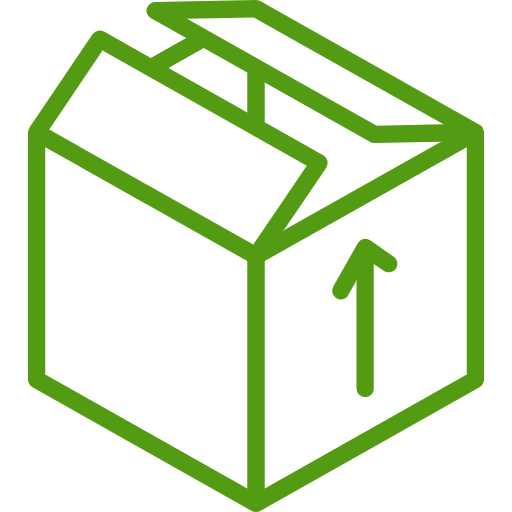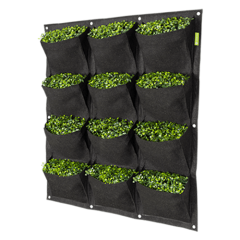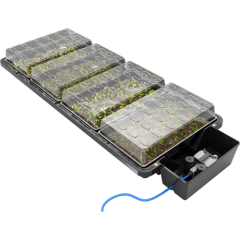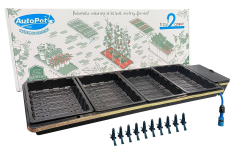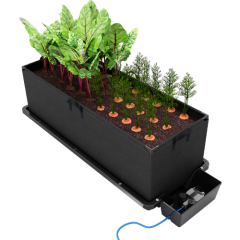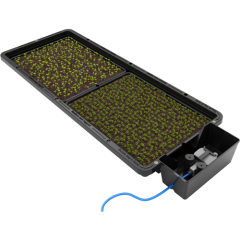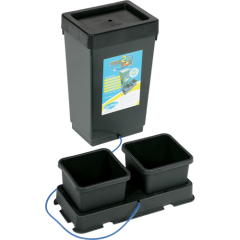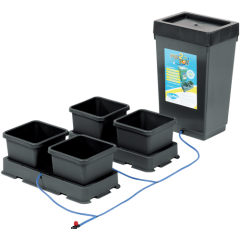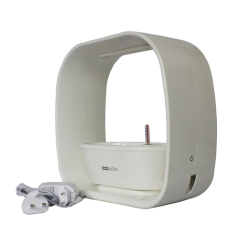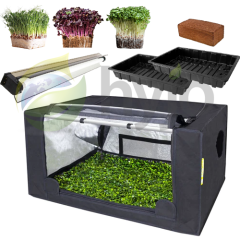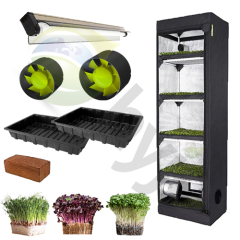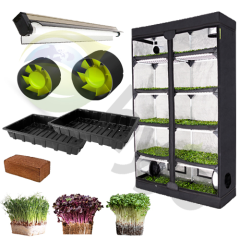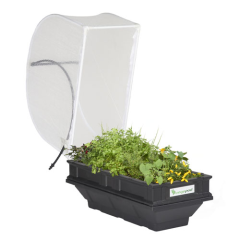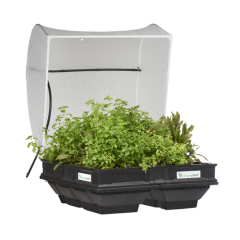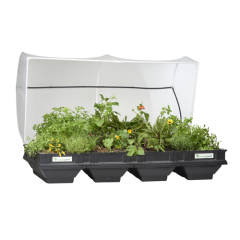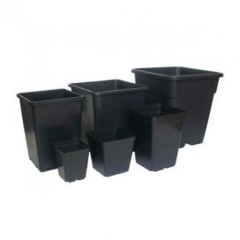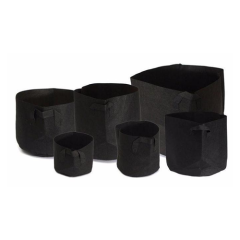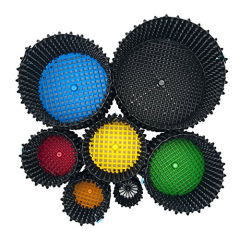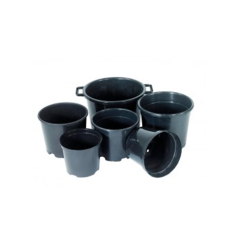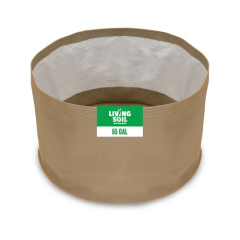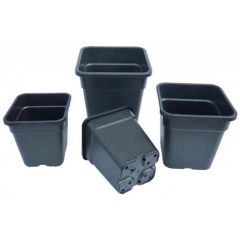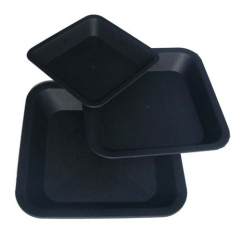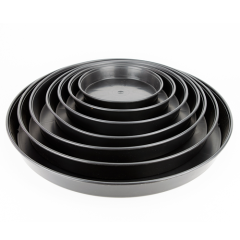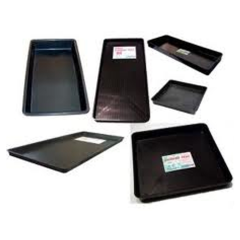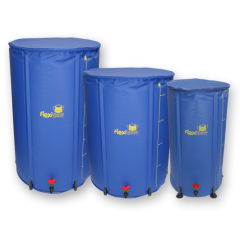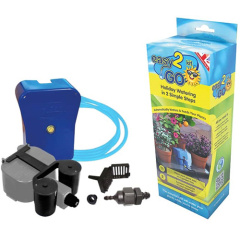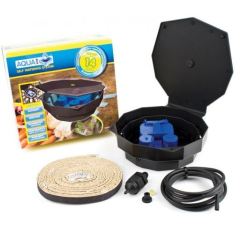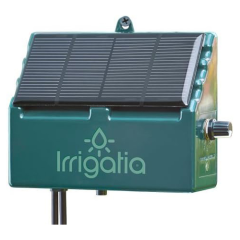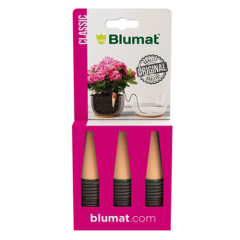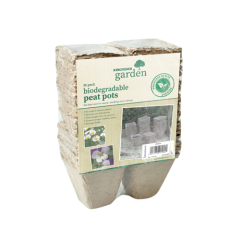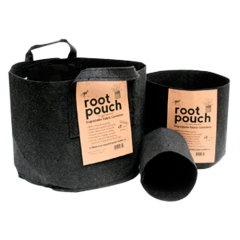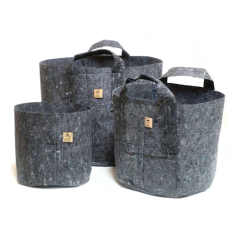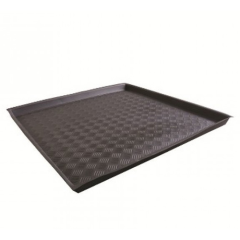- Call an expert today! 0208 808 4321
 Store Locator
Store Locator
Planters
DESCRIPTION
Planters are essential tools for gardeners, offering versatility in plant cultivation. Understanding their proper use enhances plant health and aesthetic appeal.
How to Use Planters
- Select the Appropriate Planter: Choose between square pots and round planters based on plant size and root structure. Square pots maximize space efficiency, while round planters facilitate better root circulation.
- Ensure Proper Drainage: Opt for planters with drainage holes to prevent waterlogging, which can lead to root rot. If using planters without drainage holes, take specific measures to manage moisture levels.
- Use Suitable Soil: Employ a well-draining soil mix tailored to your plant's needs, ensuring adequate aeration and nutrient availability.
- Positioning: Place planters in locations that meet the light requirements of your plants, whether it's full sun, partial shade, or low light.
How to Use Planters Without Drainage Holes
Planters without drainage holes require careful water management:
- Double Potting: Place your plant in a smaller pot with drainage holes, then set it inside the decorative planter without holes. This method, known as using a cachepot, allows excess water to drain from the inner pot, preventing root rot.
- Layering: Add a layer of pebbles or activated charcoal at the bottom of the planter to create a space for excess water, reducing the risk of overwatering.
- Water Sparingly: Monitor soil moisture levels diligently and water only when the top inch of soil feels dry to the touch.
How to Use Hanging Planters
Hanging planters, including wall planters, are excellent for maximizing vertical space:
- Secure Installation: Ensure hooks and brackets are properly anchored to support the weight of the planter and plant.
- Plant Selection: Choose trailing or cascading plants, such as ivy or spider plants, which thrive in elevated positions.
- Regular Maintenance: Water hanging planters carefully to avoid spills, and trim plants as needed to maintain their shape and health.
How Do Planters Work
Planters function by providing a controlled environment for plant roots:
- Containment: They house the soil and root system, allowing for mobility and placement flexibility.
- Drainage: Properly designed planters facilitate excess water escape, preventing root diseases.
- Insulation: Planters can protect roots from temperature extremes, especially when made from materials like ceramic or wood.
By selecting the right type of planter and following these guidelines, gardeners can create optimal growing conditions, leading to healthier and more vibrant plants.
Copyright © 2024 Hyjo Store. All Rights Reserved.


